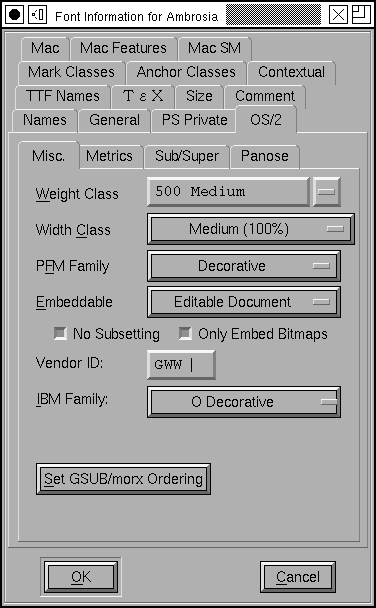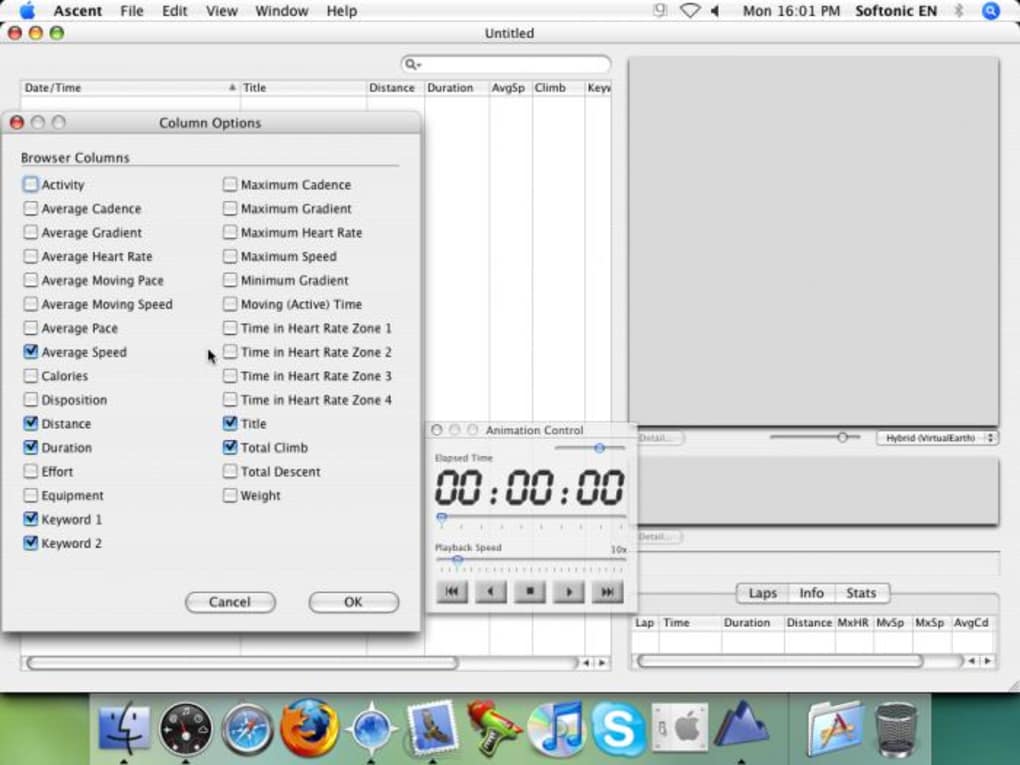Ascent Mac OS
Ascent Mac OS
Is your Mac up to date with the latest version of the Mac operating system? Is it using the version required by a product that you want to use with your Mac? Which versions are earlier (older) or later (newer, more recent)? To find out, learn which version is installed now.
If your macOS isn't up to date, you may be able to update to a later version.
Which macOS version is installed?
Note: This issue is apparently addressed by Subaru Technical Service Bulletin 07-155-19R.If you have an Ascent (or Forester, apparently), have your dealer update your vehicle. When we owned a boat, we used a 2008 Toyota Sequoia to pull it.The Sequoia is a great truck—it pulled the boat, had tons of room for stuff and people, and rode quite nicely. Version: OS v3.1.541 Available in five languages: English, French, German, Spanish and Italian Compatible with the following operating systems: - Windows XP - Windows Vista - Windows 7 - Windows 8 - Windows 8.1 - Windows 10 - Mac OS X 10.6 Snow Leopard - Mac OS X 10.7 Lion - Mac OS X 10.8 Mountain Lion - Mac OS X 10.9 Mavericks - Mac OS X 10.10 Yosemite - Mac OS X 10.11 El Capitan.
From the Apple menu in the corner of your screen, choose About This Mac. You should see the macOS name, such as macOS Big Sur, followed by its version number. If you need to know the build number as well, click the version number to see it.
Which macOS version is the latest?
Ascent Microset 4
These are all Mac operating systems, starting with the most recent. When a major new macOS is released, it gets a new name, such as macOS Big Sur. As updates that change the macOS version number become available, this article is updated to show the latest version of that macOS.
If your Mac is using an earlier version of any Mac operating system, you should install the latest Apple software updates, which can include important security updates and updates for the apps that are installed by macOS, such as Safari, Books, Messages, Mail, Music, Calendar, and Photos.

| macOS | Latest version |
|---|---|
| macOS Big Sur | 11.3 |
| macOS Catalina | 10.15.7 |
| macOS Mojave | 10.14.6 |
| macOS High Sierra | 10.13.6 |
| macOS Sierra | 10.12.6 |
| OS X El Capitan | 10.11.6 |
| OS X Yosemite | 10.10.5 |
| OS X Mavericks | 10.9.5 |
| OS X Mountain Lion | 10.8.5 |
| OS X Lion | 10.7.5 |
| Mac OS X Snow Leopard | 10.6.8 |
| Mac OS X Leopard | 10.5.8 |
| Mac OS X Tiger | 10.4.11 |
| Mac OS X Panther | 10.3.9 |
| Mac OS X Jaguar | 10.2.8 |
| Mac OS X Puma | 10.1.5 |
| Mac OS X Cheetah | 10.0.4 |
FOR YEARS, ANTHRO-pologists have said that the tools a society uses say a lot about that society–its level of technical development, its priorities, even its values. Some have even gone so far as to say that it was the advent of tool usage that kicked hominid evolution into high gear.
Certainly, we’ve all seen what tool selection can say, rightly or wrongly, about an individual. What do you first think about someone stepping out of a Porsche 911 versus a Dodge Caravan? Now, consider this: it could easily be the same person who just happens to own both.
I was recently reminded of this when reading an article that attributed the iMac’s popularity primarily to the cute-and-cuddly factor. This article seemed to say that the only thing iMac customers were concerned with was how good the computer was going to look in their living room.
Forget how insulting this conclusion is; it also misses the point. While it’s true that iMac buyers probably like the look of their little blue (green, red, purple, or–my personal favorite–orange) wonder, the majority of them bought it to solve a problem: getting on the Internet. According to Apple’s buyer research, over 80 percent of all iMac buyers bought their computer for this purpose, and 66 percent were online in the first day. They didn’t buy an iMac because of how fast it was or even because of what operating system it ran. They bought it because it solved a problem.
The Nature of Tools
At their simplest level, tools solve problems. Our progenitors first threw stones to kill prey. Later, as tool usage became more sophisticated, the stones were tied to the ends of sticks and used as clubs. As we stopped being nomadic and developed agriculture, club handles got longer and the stones flatter and the hunting tool became a hoe for tilling the fields.
I’d venture a wild guess that early humans didn’t at any point worry about whether the club head was made by Intel or IBM, or if the hoe ran Windows. What they were looking for was the best tool to get the job done; and by best, they meant the one that got the best results with the least amount of effort.
I believe that when most new users (in other words, those not already sold on the Mac) consider buying an iMac, they first consider whether it will do the job. Then whether it will do it simply. And finally whether it will do it well. They don’t spend a lot of time pondering the things that those of us who bought computers in the first and second wave of computer adoption worried about: processor speed, operating system, RAM, and disk size.
It’s not because these so-called third- wave buyers are simpletons but because they realize something fundamental about today’s computers: they’re all really fast, with plenty of everything. As long as the computer can run a Web browser, it doesn’t matter if one operating system has 10,000 applications available for it while the other has only 5,000. What matters is how simple it is to set up, how easy it is to use, and how efficiently it can get the job done.

Your Perfect Mac
The fact is, even today’s most sophisticated users are less interested in specsmanship. While a few years ago benchmark charts and detailed technical specifications would have been all that experts needed to make their buying decisions, today even they yawn when they see that the latest G3 minitower tops out at 400MHz. They don’t want to know only how fast or powerful that new Mac is–they want to know what that extra power does for them. They want to know what problems can be solved with that extra oomph.
That’s why, when it came time for Macworld to put together its first comprehensive buyers’ guide to Apple’s latest line of Macs, we didn’t just run benchmarks and call it a day. We also gave serious consideration to what each class of user might want to achieve with their Mac, and we made recommendations accordingly, indicating not just which Mac they should buy but also what software and peripherals they might want to consider in building a complete Macintosh system that best fits their needs.
Sure, Apple’s newest Macs have style. And yes, style is important. But anyone who believes that someone bought an iMac, a PowerBook, or a blue G3 minitower because it looked cool would probably say that our ancestors went from living in caves to building huts because huts were easier to accessorize.
So what if the tangerine iMac goes great with the cabinets in Andy’s kitchen? He really bought it to store recipes. Send your great Mac decorating tips to visionthing@macworld.com.Ascent Mac Os Catalina
May 1999 page: 23
Ascent Mac OS
